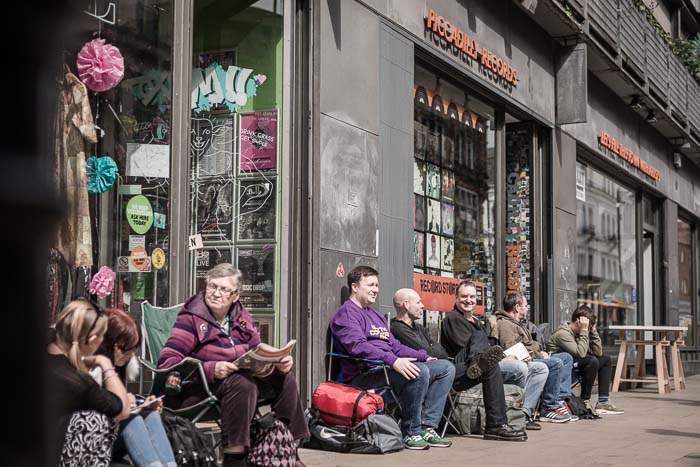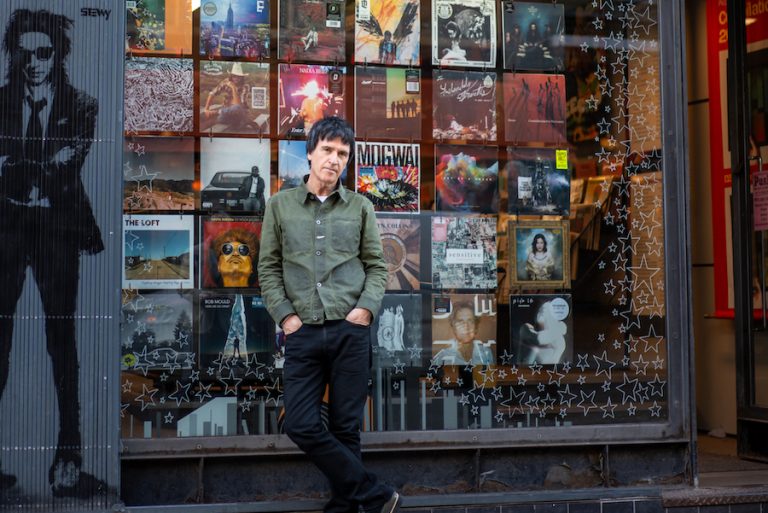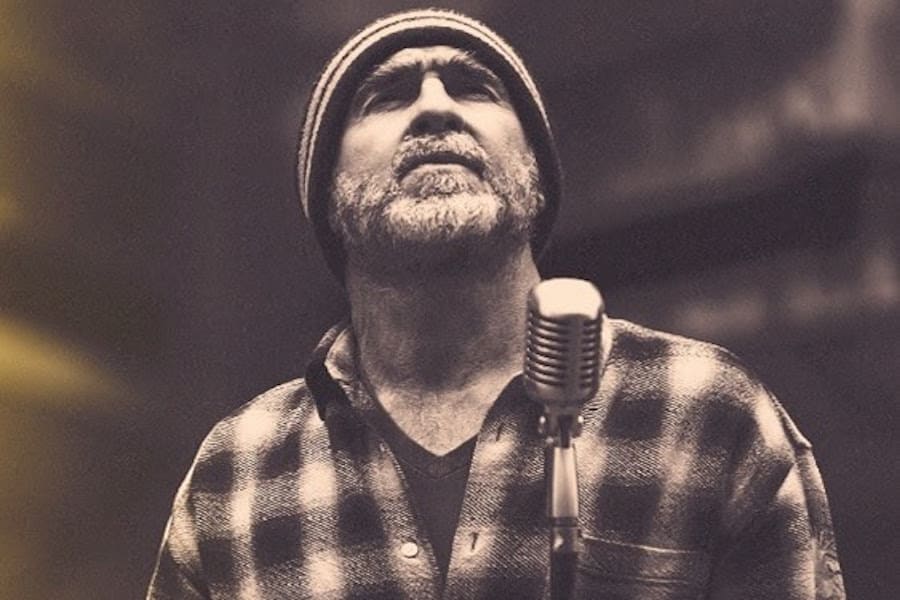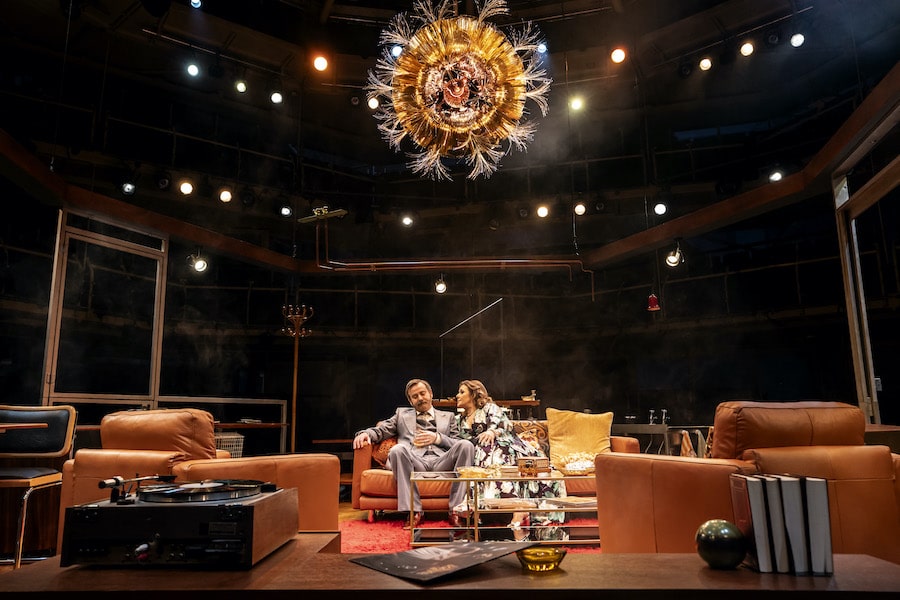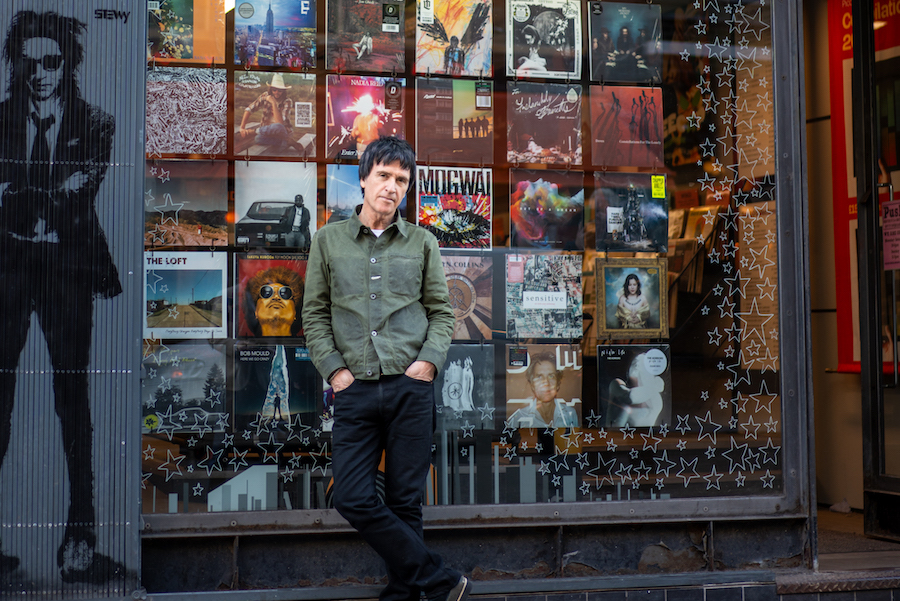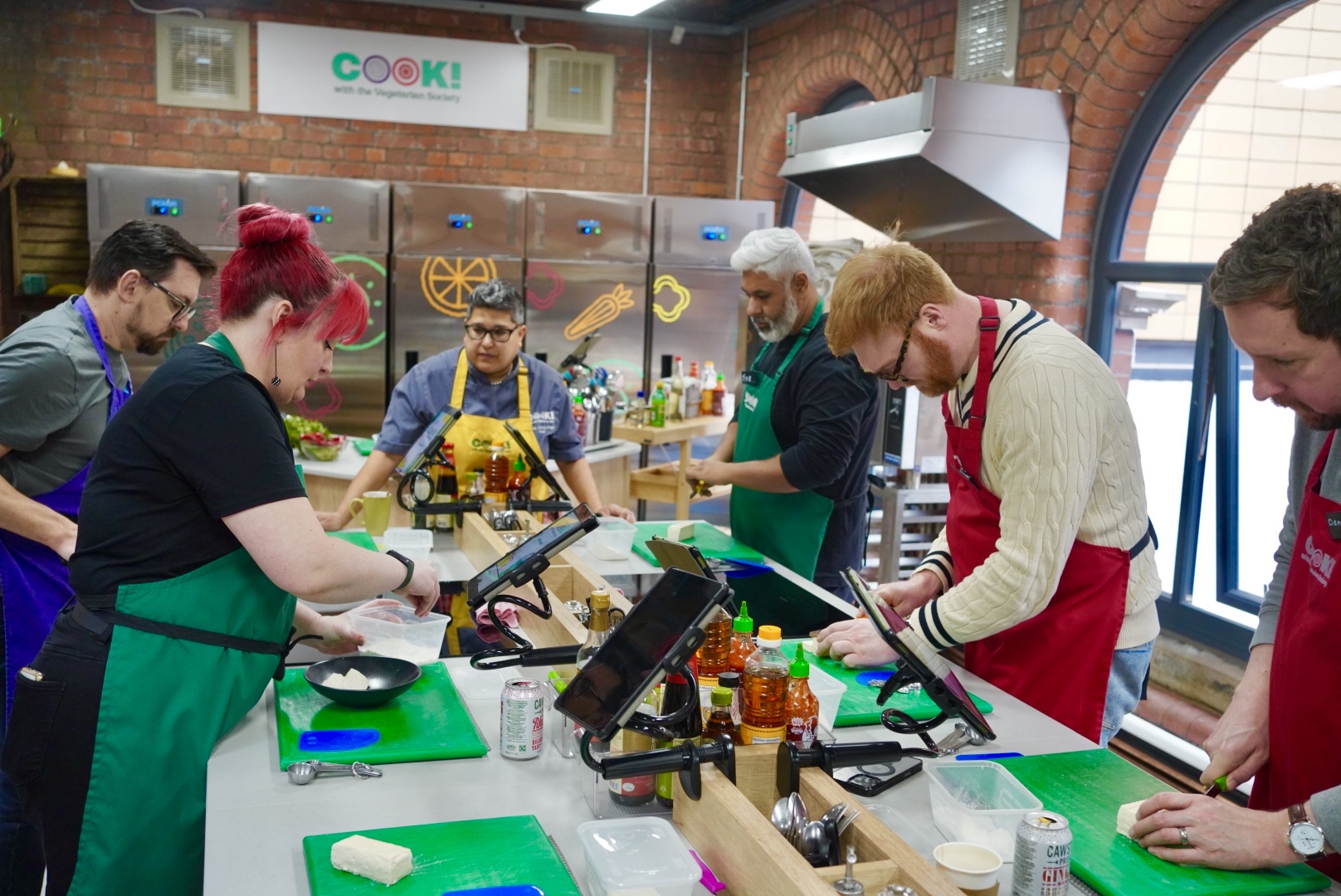Should we rename our Metrolink lines after Mancunian legends?
- Written by Ed Glinert
- Last updated 1 year ago
- City of Manchester, Featured, History, Public Transport
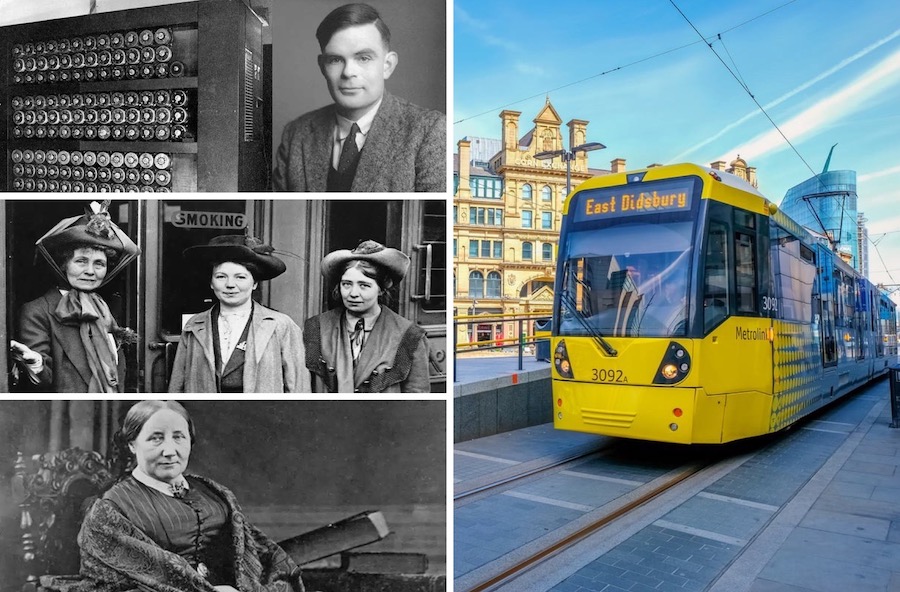
It’s big news, but mainly down south, that London Mayor Sadiq Khan has announced names for the capital’s Overground lines.
Half a dozen train lines in the capital now sport names such as “Suffragette” and “Liberty”.
Manchester usually leads the way with ideas like these, nevertheless, this is the perfect opportunity for the city to do the same with its Metrolink lines.
Renaming Manchester’s tram lines
At the moment we have Metrolink transport confusion in Manchester.
I approached both Bee Network/Transport for Greater Manchester and Andy Burnham’s mayoral office to see if they have the imagination to name the Metrolink lines in a way that will do Manchester proud.
Two tourists stopped me the other day at Deansgate-Castlefield station and asked where they could catch the “Navy Line”. That foxed even me. I asked them where they were going and they said “Victoria”. “That platform over there,” I informed them. But “Navy Line”? Eh?
If that’s the best Metrolink/TfGM can do, it’s not good enough.
I also had a look at the new map that can be seen at stops. The one that looks influenced by spaghetti, with the coloured lines hopelessly bunched together in the city centre.
Quite frankly, it’s appalling; impossible to follow.
The colours will only work if the lines have proper names, and Metrolink keep changing round the colours, as well as the routes thanks to the considerable overlap.
But that need not be a problem for a map.
Given the amount of design talent in the city, especially around the Northern Quarter, it’s remarkable that Bee/TfGM can’t come up with a wonderful and dynamic map to rank alongside the famous London Underground map that would also become a design classic.
As for names, for now, the public talks about the “Bury Line” or the “Airport Line”.
Factually correct, but boring.
If Bee/TfGM renamed the lines, it would reap success in so many ways:
• Usage would increase dramatically as new customers, enticed by the scheme and attracted by the names, chose to use Metrolink, maybe for the first time.
• It would help locals and visitors use the system. (Who’s ever heard of the “Navy Line”?). Tourists would quickly take to the system.
• There would be increased civic pride in Manchester and its history.
• It would lead to nationwide publicity in the national press and media.
Using my knowledge of Manchester and its history, and my love of for local civic pride, I have worked out the perfect names for the Manchester Metrolink lines.
Here are the current lines, my proposed names and why.
• The John Dalton Line: Piccadilly – Bury
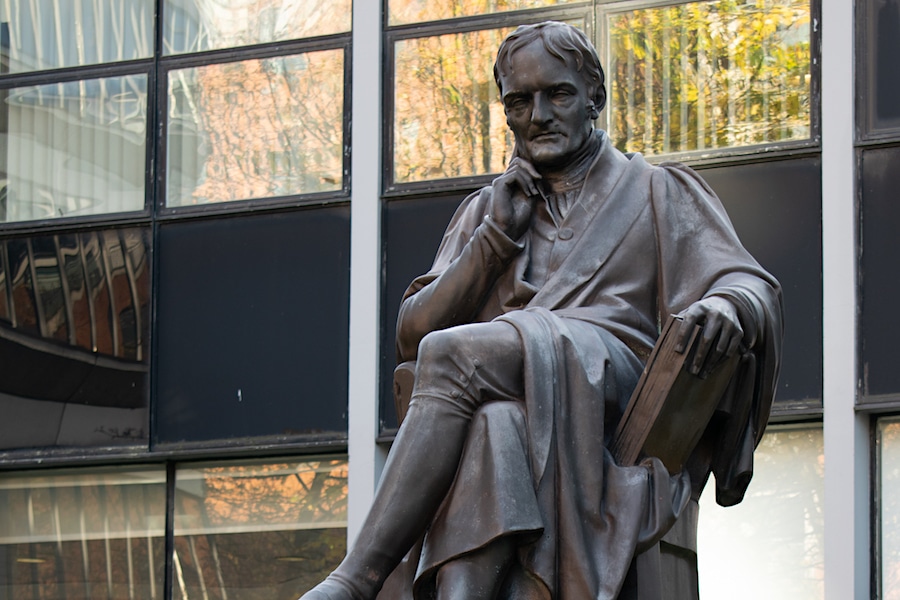
Colour: grey
John Dalton was colour blind and led investigations into the condition. He saw various bright colours as grey.
This was the one of the three lines that began on the first day of Metrolink, 6 April 1992.
It would be fitting to name it after Manchester’s first ever great scientist, John Dalton, who devised atomic theory in 1803 and helped establish Manchester as the great city of scientific inventions.
The line goes very close to the site of the HQ of the Manchester Literary and Philosophical Society where Dalton conducted his experiments.
• The Peterloo Line: Altrincham – Bury
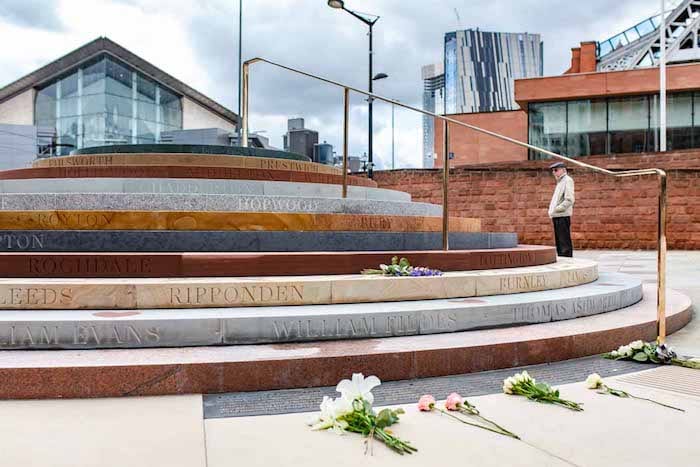
Colour: mostly white, as in the radicals’ caps of liberty (with an obvious outline to aid the map).
Also unveiled on the first day of Metrolink was the 18-mile route connecting two Manchester satellite towns; one in the north, one in the south.
All along the route are the communities from where the people journeyed to St Peter’s Field on the 16th of August 1819 to protest in favour of Parliamentary reform, only to be attacked by the military.
Peterloo used to be a dirty word in Manchester, but we are now proud of our history of protest.
Fittingly, the line passes by the Peterloo Memorial on Windmill Street.
• The Elizabeth Gaskell Line: Piccadilly – Altrincham

Colour: black, the colour of the Manchester sky that forms a backdrop to her much of her writing.
This was the third of the three original Metrolink lines.
Let’s honour one of our greatest novelists whose mid-19th century novels still enchant.
The line goes past or near a host of sites mentioned in Gaskell’s writings, and the places where she and her husband, William, chairman of the Portico Library, worked.
These include Berry Street behind Piccadilly Station; the site of the hospitals featured in her novel Mary Barton (1848); and the Portico Library itself.
• The Avro Line: Victoria – Manchester Airport
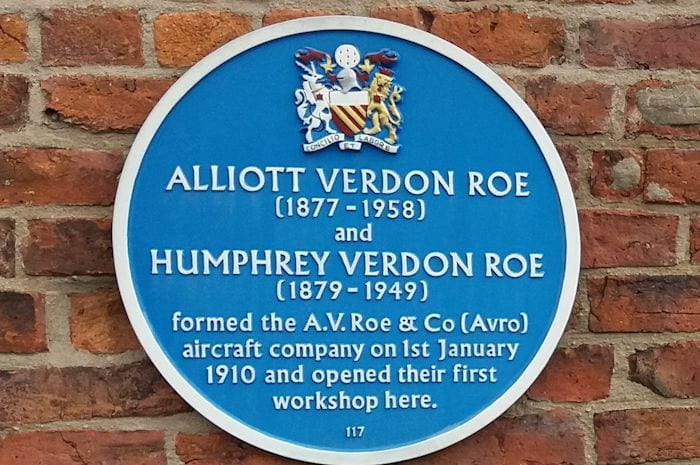
Colour: sky blue, for obvious reasons.
Calling it the Airport Line is fine. It’s a term that people will always use. But it still needs an identity.
Alliott Verdon Roe set up the world’s first aircraft manufactory, Avro, in an Ancoats warehouse in 1910. Manchester ran the country’s first ever commercial air service. The city is one of the most central to aviation history.
• The Pankhurst Line: Eccles – Ashton-under-Lyne
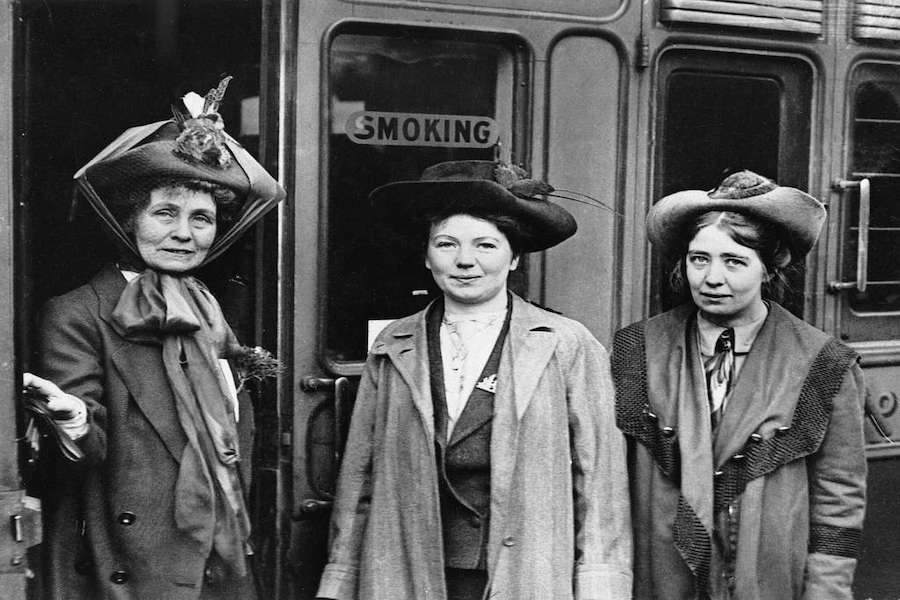
Colour: purple, one of the main suffragette colours
The family that won women the vote a hundred years ago ran their campaign from Manchester for many years.
Towns like Ashton and Eccles, and the many communities linked by this line, spawned thousands of suffragettes to take up the battle.
The line goes right by the Emmeline Pankhurst statue in St Peter’s Square and very near St Luke’s Church, Weaste, where Emmeline Goulden married Richard Pankhurst in 1879.
• The Pioneers Line: East Didsbury – Rochdale
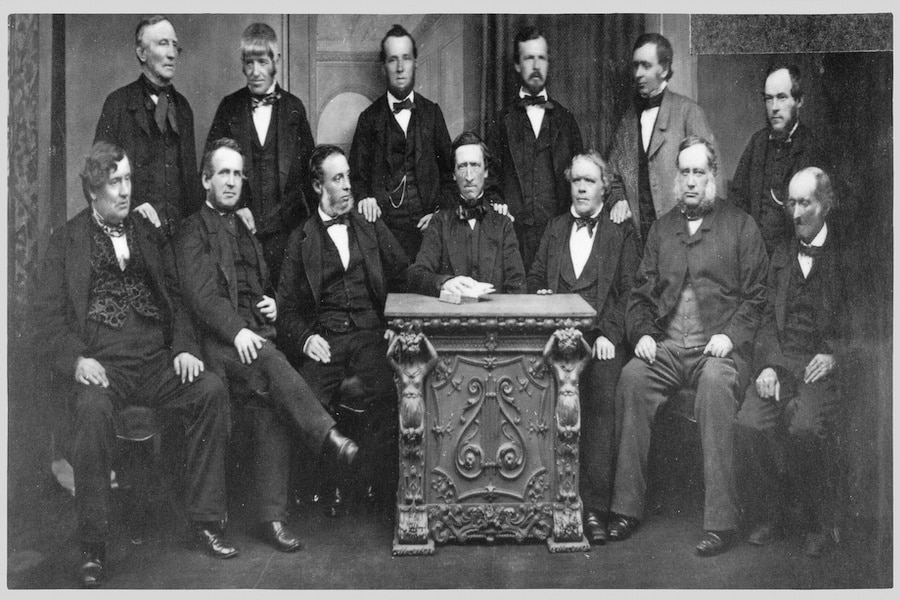
Colour: light green, as with most of the Co-op shops. Much potential for cooperation with the Co-op here.
The Rochdale Pioneers were the founders of the modern cooperative moment in 1844, creating an international movement of goodwill and ethical trading.
• The Alan Turing Line: East Didsbury – Shaw & Crompton
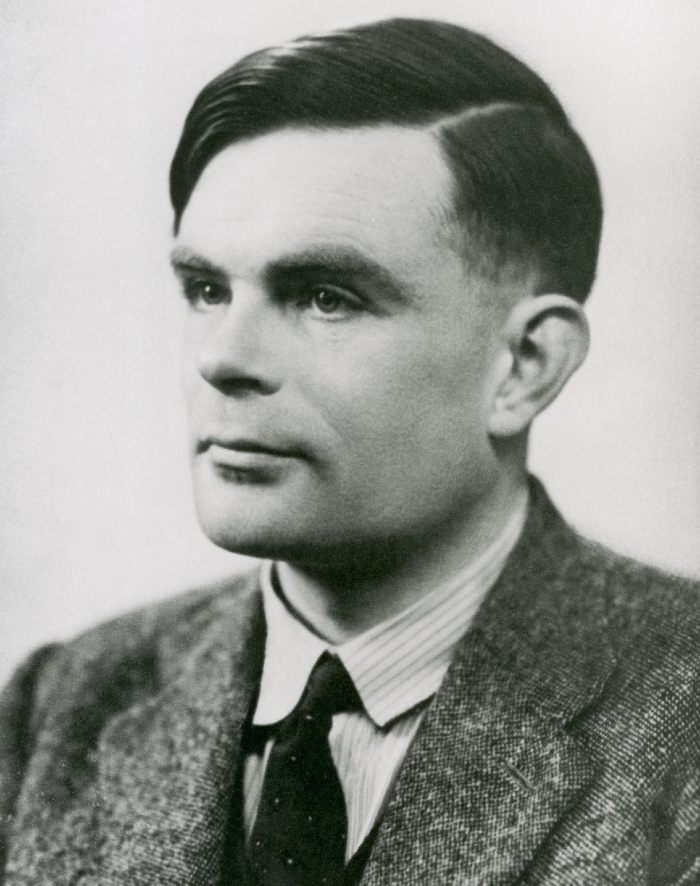
Colour: rainbow
Alan Turing, the legendary computer pioneer, helped create the Mark 1, the world’s first commercially available computer, in Moston in 1950. The line goes close by that site.
• The Football Line: Etihad Campus – MediaCityUK

Colour: light blue and red alternately
Not City nor United, but a tribute to Manchester’s status as one of the world’s greatest football cities. Fittingly, the line links Man City’s Etihad Stadium, and the stop next to the stadium, with Man Utd’s stadium, and will help those heading to the latter to
get off at Exchange Quay, an alternative to the cramming of trams going to the Old Trafford stop, and just as accessible. Calling this line the Football Line would be of enormous help to the thousands and thousands of tourists in Manchester not just heading to the game but to the two club museums on non-match days.
• Trafford Centre – Deansgate-Castlefield
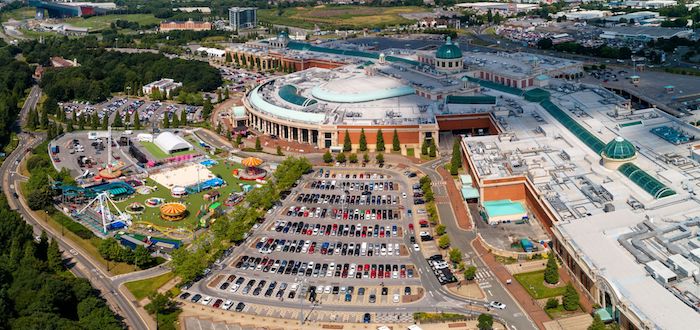
The Shopping Line Colour: orange-red, the colour that most attracts shoppers
The choice of name is self-evident.
Happy travelling!
Ed Glinert of New Manchester Walks, is one the city’s leading historians and most prolific tour guide.
If you’d like to go on a history walk with Ed, please click here.
- This article was last updated 1 year ago.
- It was first published on 19 February 2024 and is subject to be updated from time to time. Please refresh or return to see the latest version.
Did we miss something? Let us know: press@ilovemanchester.com
Want to be the first to receive all the latest news stories, what’s on and events from the heart of Manchester? Sign up here.
Manchester is a successful city, but many people suffer. I Love Manchester helps raise awareness and funds to help improve the lives and prospects of people across Greater Manchester – and we can’t do it without your help. So please support us with what you can so we can continue to spread the love. Thank you in advance!
An email you’ll love. Subscribe to our newsletter to get the latest news stories delivered direct to your inbox.
Got a story worth sharing?
What’s the story? We are all ears when it comes to positive news and inspiring stories. You can send story ideas to press@ilovemanchester.com
While we can’t guarantee to publish everything, we will always consider any enquiry or idea that promotes:
- Independent new openings
- Human interest
- Not-for-profit organisations
- Community Interest Companies (CiCs) and projects
- Charities and charitable initiatives
- Affordability and offers saving people over 20%
For anything else, don’t hesitate to get in touch with us about advertorials (from £350+VAT) and advertising opportunities: advertise@ilovemanchester.com
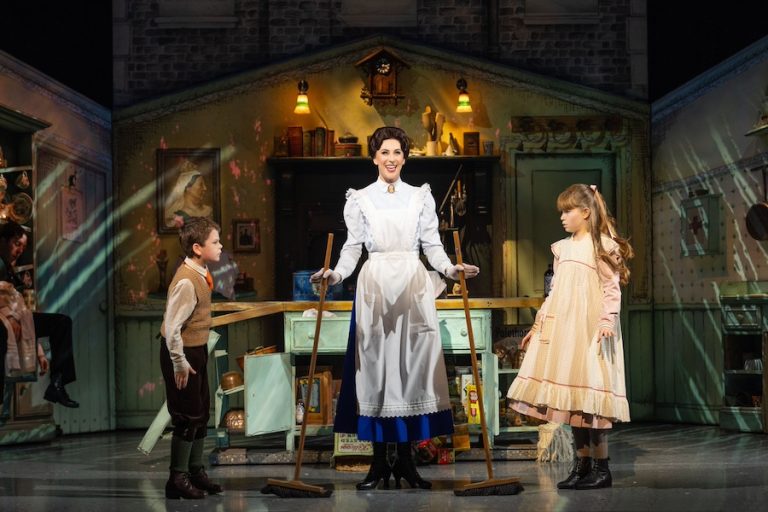
Review: Mary Poppins at Palace Theatre is ‘a whirlwind of whimsy and wonder’
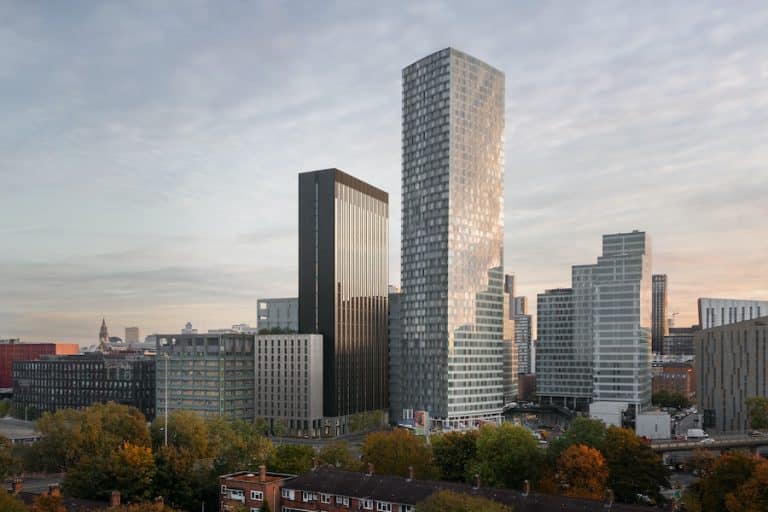

The Manc aerobics queen who trained the Corrie cast is helping raise charity cash
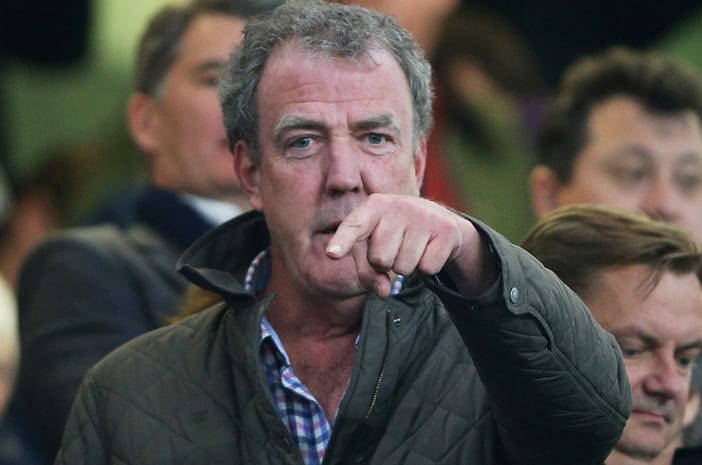
“Manchester is not Britain’s second city, it’s the first” – Jeremy Clarkson
